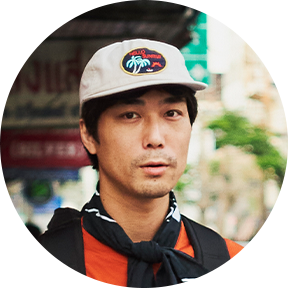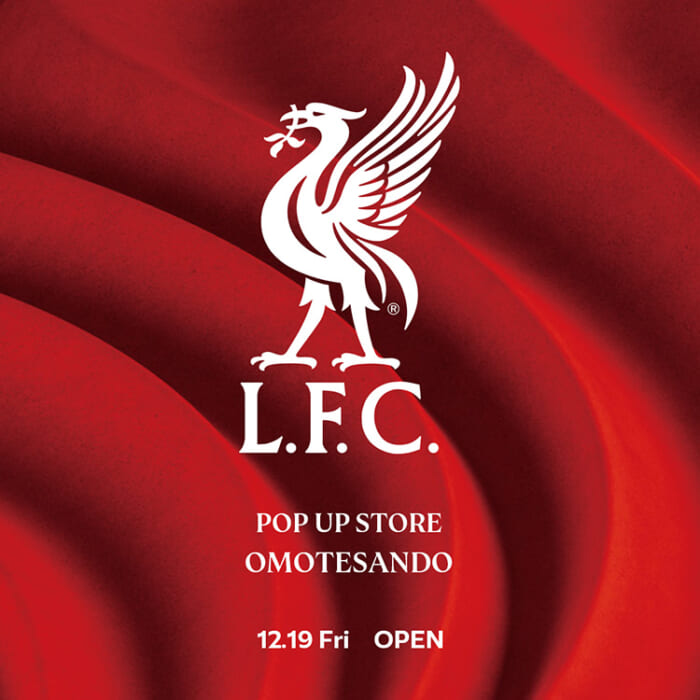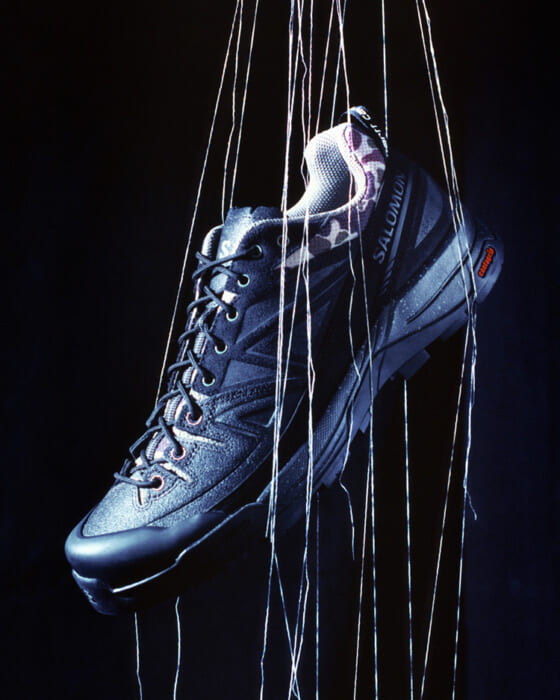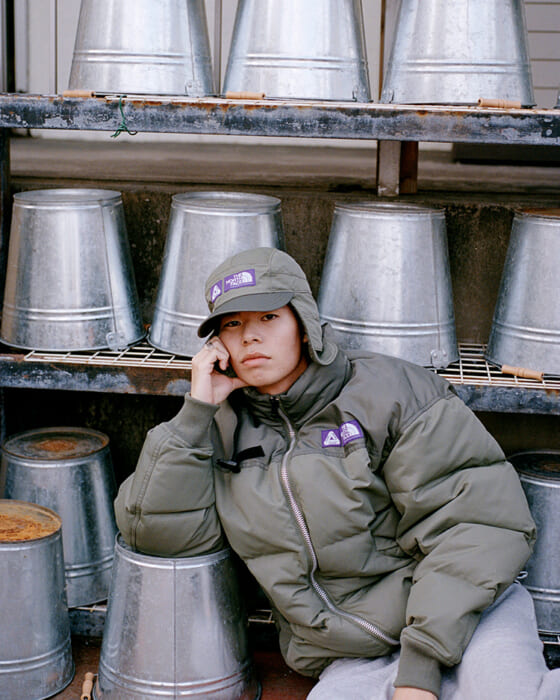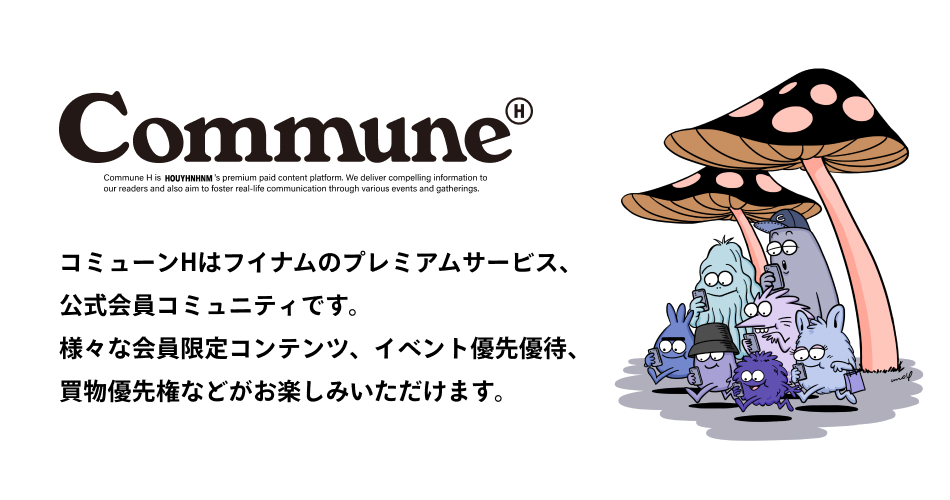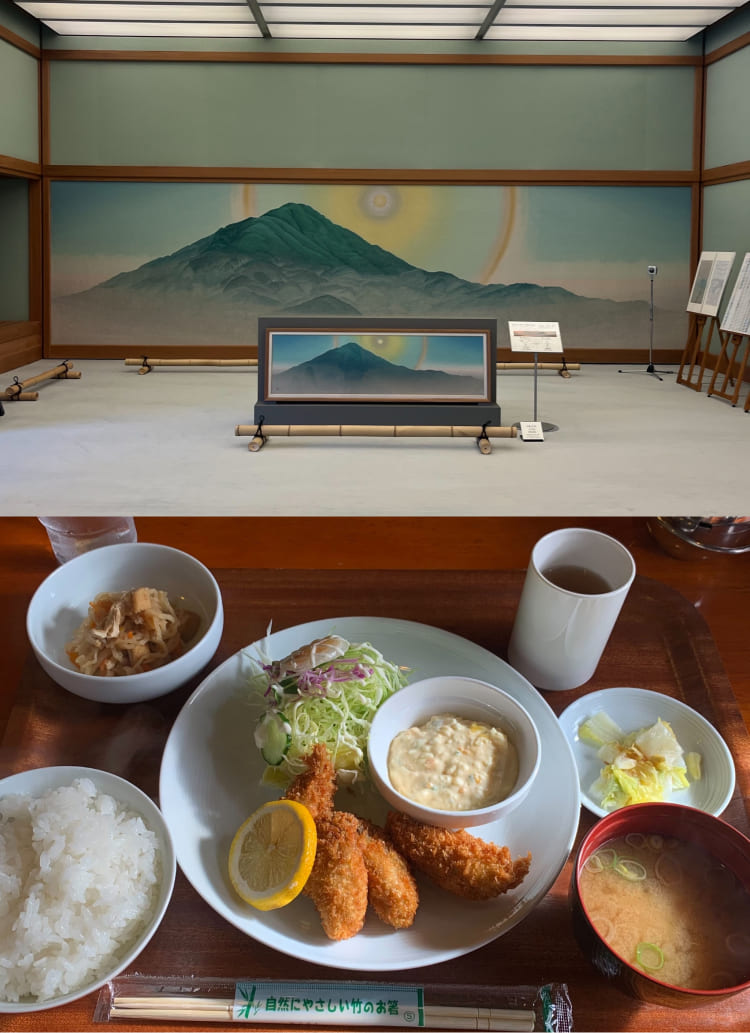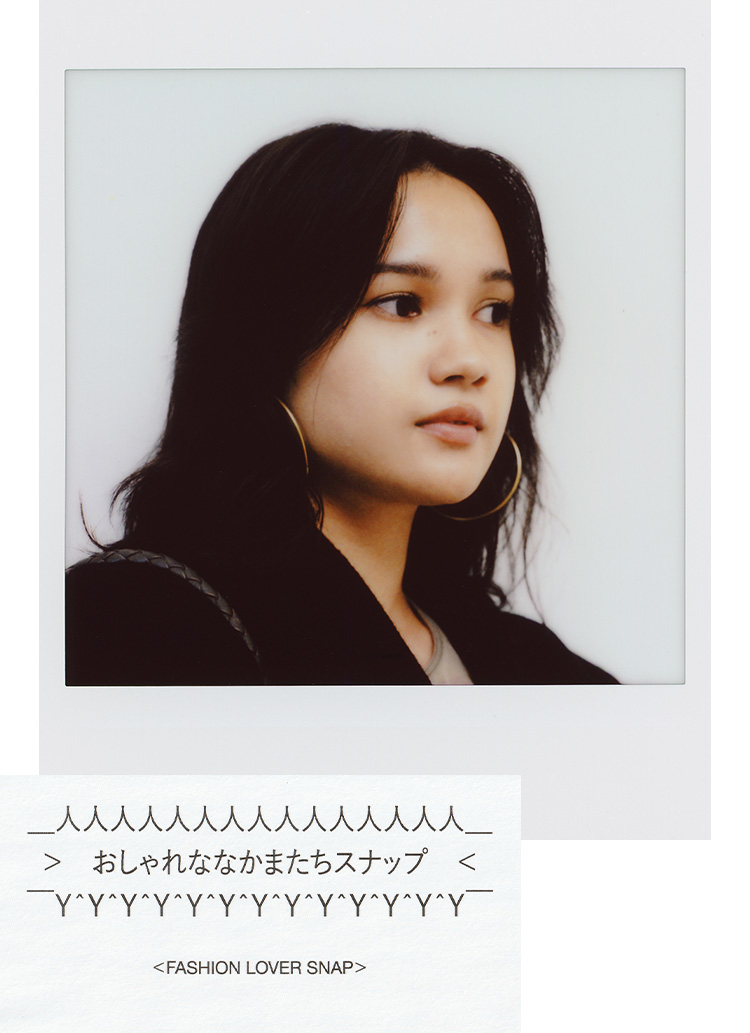PROFILE
Born in Tokyo in 1975. While working as a stylist, he started the brand "2-tacs" in 1998, focusing on remaking vintage clothing. In 2007, he opened his own store "The Fhont Shop" in Nakameguro, and the following year he launched his original line "BROWN by 2-tacs". Currently living between Tokyo and the mountains of Tanzawa, he continues to express himself by connecting the everyday with the outdoors, based on the experience he gains from traveling back and forth between the city and nature.
PROFILE
Born in Niigata Prefecture in 1978, he moved to the U.S. in 1998, where he encountered a large amount of vintage clothing in San Francisco and developed his own sense of aesthetics. In 2013, he opened "7×7", which deals in vintage clothing and originals, and in 2015, he launched his own brand "SEVEN BY SEVEN". With the philosophy of reconstructing vintage and creating new value, he continues to create clothes with both an anonymous aesthetic sense and functional beauty.
Are you really John?" .......
Some may be a bit surprised to hear that the two of you are old acquaintances. When did you first meet?
Honma: The first time was in San Francisco, wasn't it? At the time, there was a "go-getter" named Matsuda-kun, and he and I were traveling around L.A. together buying vintage clothing. We went to San Francisco as a part of that trip, and I was introduced to Junya at that time. You were living in a one-room apartment at the time, right?
Upstream: Yes, that's right. It was a one-bed, and for some reason you slept in the living room (laughs).
Honma: It was a shocking sight (laughs). There were piles and piles of old clothes. I asked him, "Where do you sleep?" He said, "In the living room. (Laughs.) Matsuda-kun didn't care about the situation and started picking out used clothes as if it were a matter of course. He was like a local dealer. I guess my first thought was, "I didn't know they were buying from a place like this.
Upstream: We also went to the "As Is Shop" together, didn't we? It's gone now.

Is that a vintage clothing store, too?
Honma: It's not a thrift store, it's like a warehouse where all the donated stuff is collected. They sell everything for 25 cents on the dollar. It was a real treasure hunt. It was a place where the local poor gathered, and there were no Japanese there. I would pick out used clothes, and just go around every day looking for something like, "I found this! We had a lot of fun doing that every day. Junya was a student at that time, right?
Upstream: Yes, I know. I felt like I had some visa left to worry about.
Honma: When he came back, I had him help me with some work at my home. But he suddenly decided to quit. Since then, we had not seen each other for a long time.
Upstream: It's been about 20 years, right? During that time, I met Mr. Ohana of "N. Hollywood" at his party. And the other day, when Mr. Homma turned 50, I was invited to a party (organized by Mr. Nishino of "Rip Rap") where all the past assistants were present. That was the impetus for this project. That's how this item was born.
Did Mr. Kawakami ask you to do this?
Upstream: Yes, I do. I have my own brand, and some of the items are remakes, so I go to the vintage clothing warehouse. I happened to come across a large number of USA-made work shirts, and the moment I found them, I was reminded of those shirts from "Tutacs. It was just the right time for me to meet Mr. Honma again, and I had the sense that many dots had been connected. The idea of "I'm The idea of "I'm not" is very stylish, isn't it?
Three pieces were selected from among those made this time. Based on an old American work shirt, the "I'm not" embroidery is in yellow, orange, or dark navy to match the body of the shirt. The shirts are available in sizes S-XL, but since they are vintage, the size, color, and pattern will differ from piece to piece. 〈TWO TAX × SEVEN BY SEVEN〉shirt with short sleeves ¥22,000 (Font Shop, Seven by Seven)
Honma: I'm glad to hear you say that. But in my mind, that was an item I had completely forgotten about. It was like, "Oh, by the way, there it is."
Upstream: I'm not" was written in makie on a patch with the worker's name on it. I thought it was a nice touch.
Honma: I was about 20 years old when I went to the U.S. for the first time, and I loved "Red Cap" and "Dickies" work shirts at the time. I was wearing them on the plane, thinking of them as a fashion statement. I think it said "John" on it, but when I arrived in the U.S., the airport staff asked me, "Are you really John? I was asked by the airport staff, "Are you really John?
Upstream: (Laughter).
Honma: I was suddenly very embarrassed by that kind of thing. I decided to make a joke out of it, so I wrote "I'm not" in makkie. I wrote "I'm not" on a makie. At that time, I bought a lot of these work shirts, commercialized them, and sold them at "Mr. Hollywood.
Upstream: That's right. If you ask me, it's just a uniform.
Honma: In the 90s, it was popular among skaters to wear short sleeves over a long sleeve T-shirt, and when I was dressed like that, my mother told me, "You're wearing them in the wrong order! (Laughs.) It's a bit like that, isn't it?
I remember wearing damaged jeans and being told, "There's a hole in them.
Honma: Oh yeah, and if it has an elbow patch, they'll say, "Are you poor?" Like that (laughs). There are moments when you suddenly feel embarrassed when someone says something like that. It's an interpretation that overrides that, or rather, reverses it. I'm not. I'm not.

I feel that this has become the norm, or rather, that no one cares about anything anymore.
Honma: That's right. Fashion has become globalized, and there is almost no difference in sizing between Japan and other countries. It has gradually flattened out, and I am sure this is an idea that would never have occurred to me today.
And American-made work shirts are also dying out.
Upstream: I really don't get it. Especially made in the USA. This one is probably from the 80s or 90s. I'm not" was embroidered on it. And it's chain-stitched. So it was all done by hand.


Seven by Seven has been using embroidery for T-shirt graphics in recent years, hasn't it?
Upstream: I wasn't really in the mood for it, but I thought embroidery would be good this time, and Mr. Homma suggested that if we were going to do it, embroidery would be good.
Honma: These are usually printed or patched. I thought a chain would be the best way to remake it, and it would be fresh and new. When I mentioned this to Junya, he said he was in the same mood.
Is it a coincidence?
Upstream: Completely, yes. So I had that background myself, so it was a smooth process.
Honma: It was very fast until it was ready.



